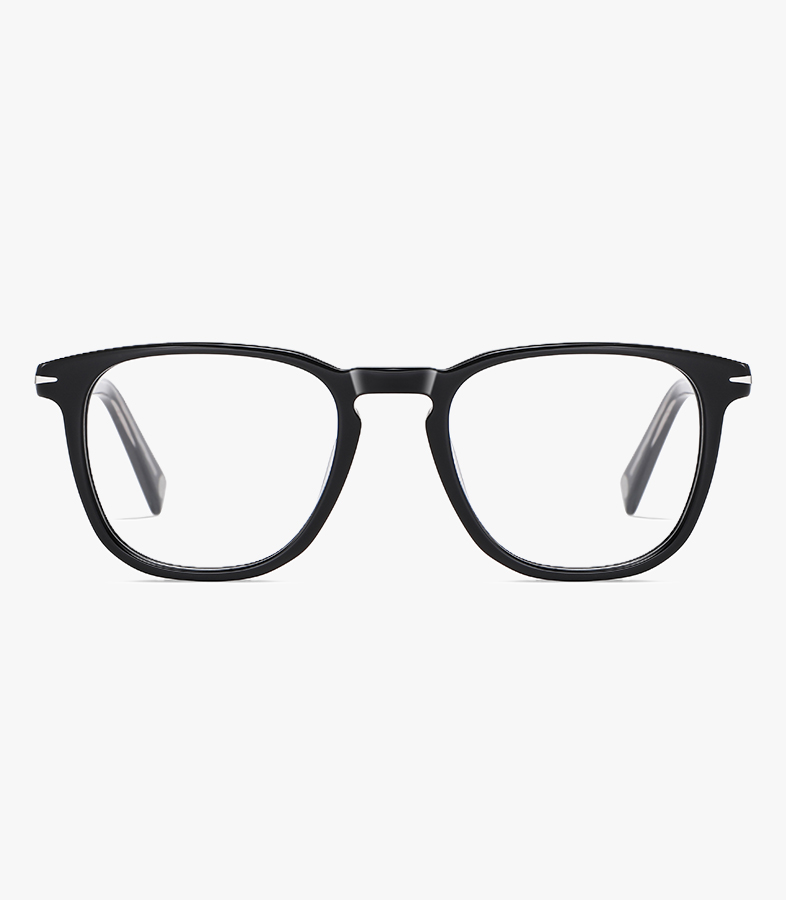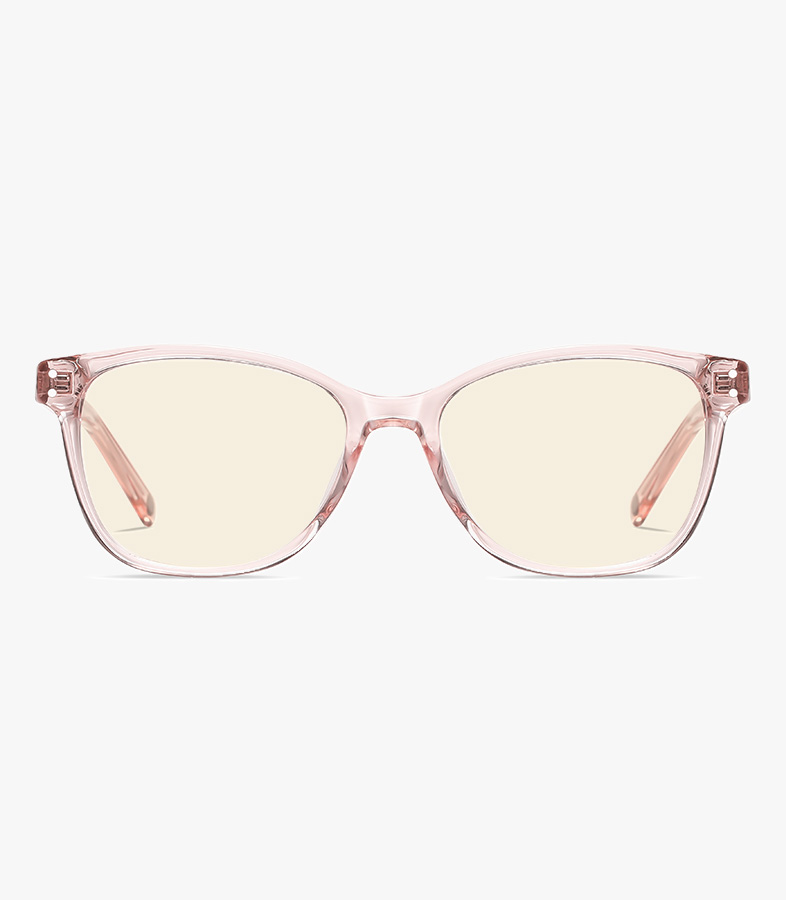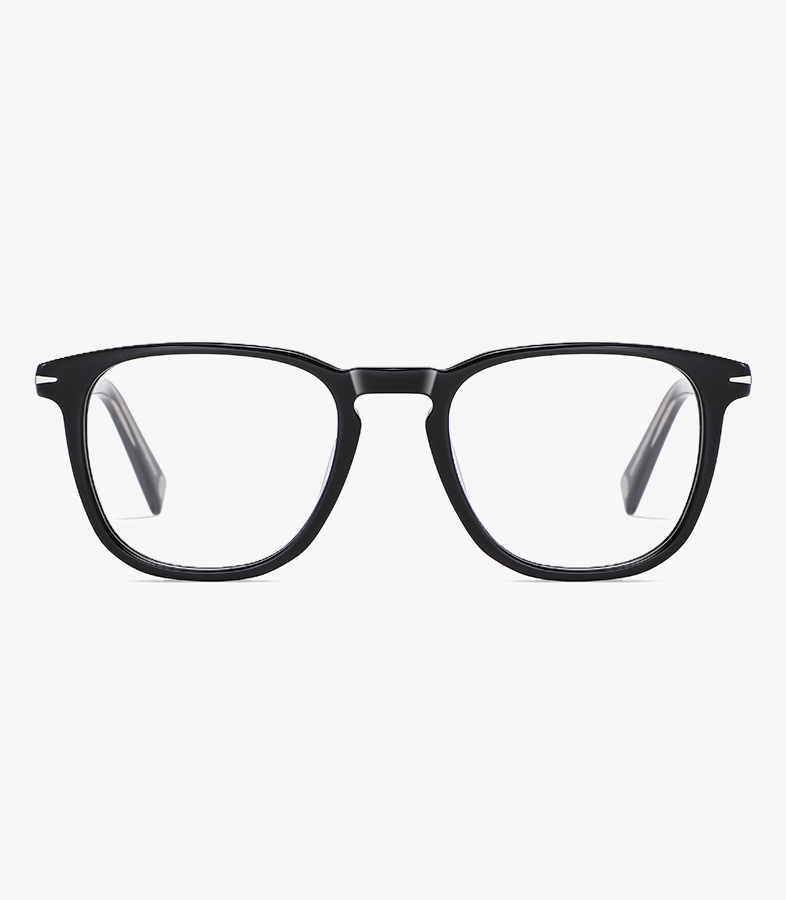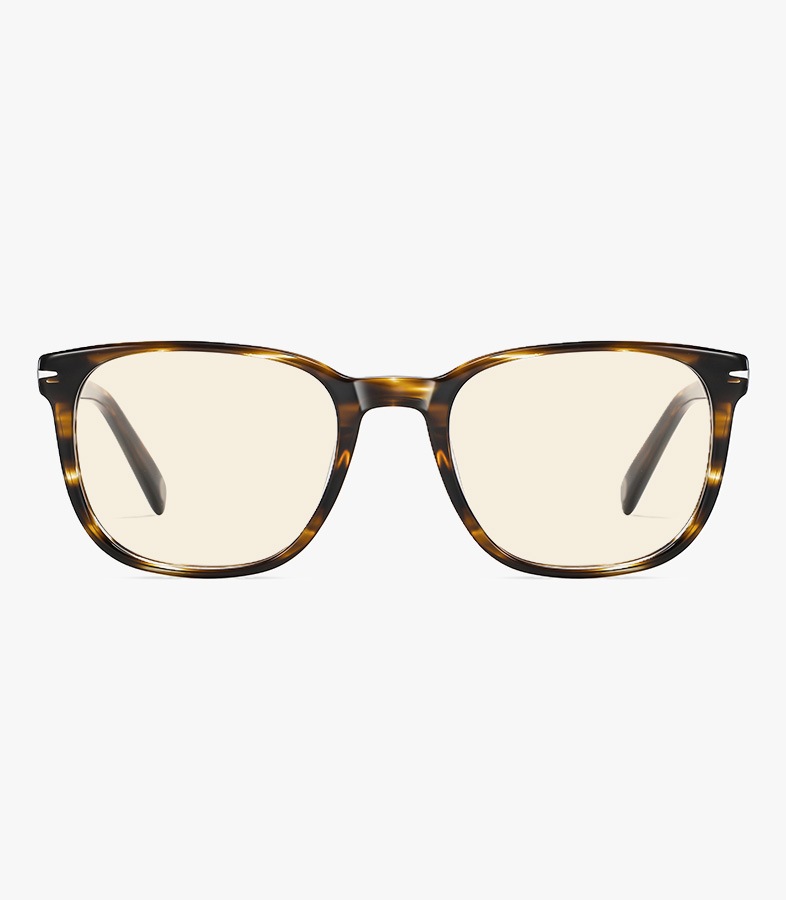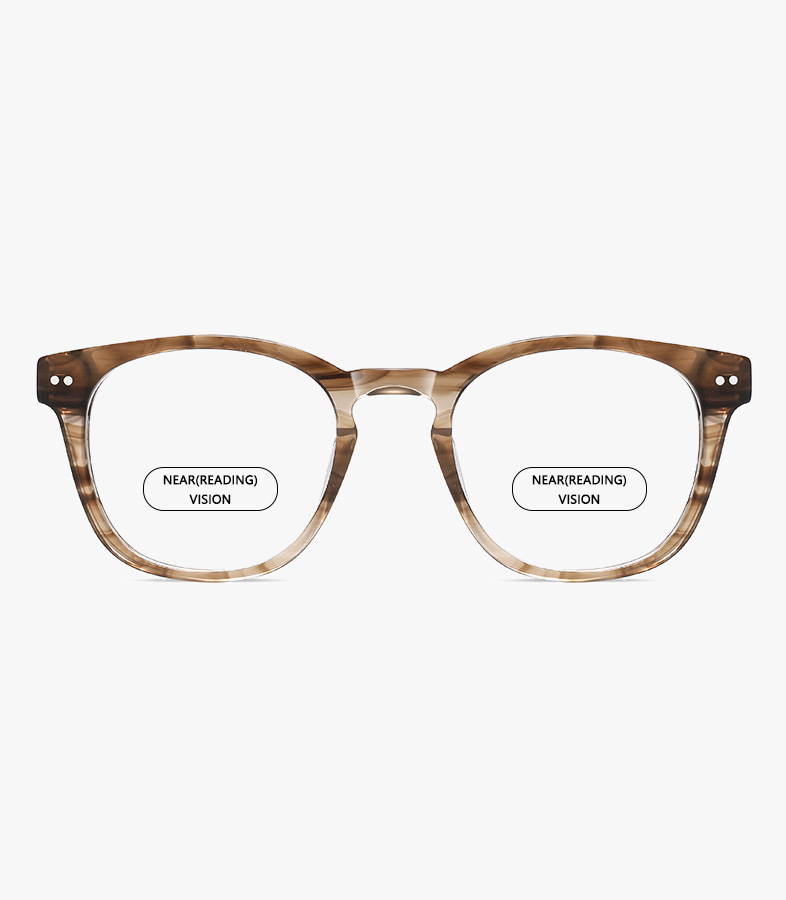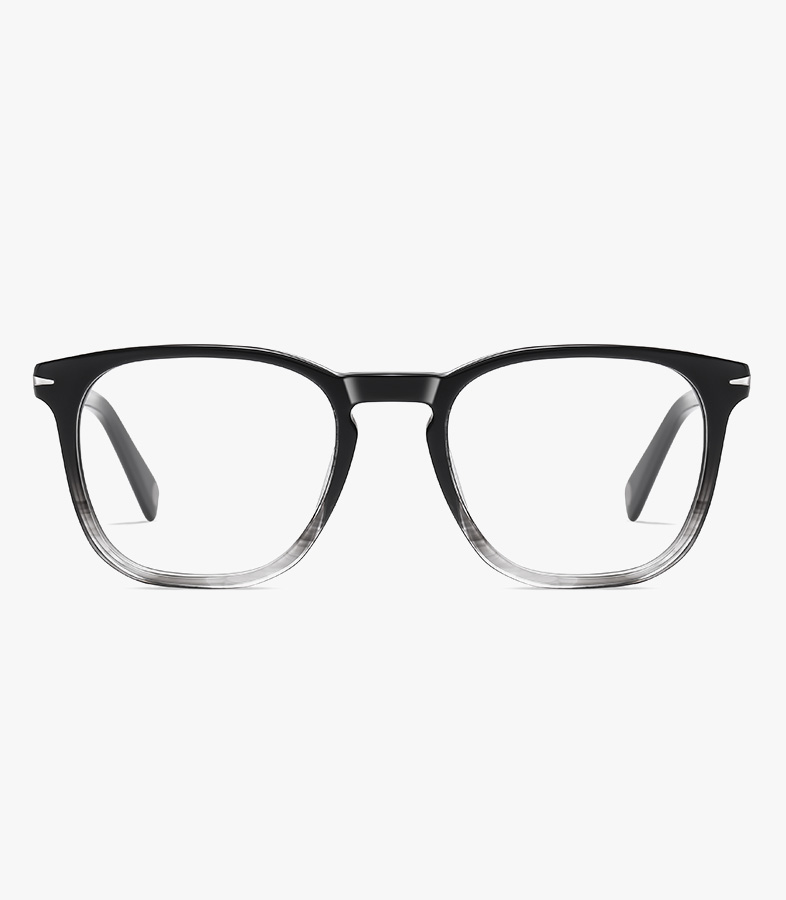Mon-Fri 9am-9pm


Eyecedar Glasses
Find your accountNew to Eyecedar? Sign up now!
Create new accountSearch
x
EYE CEDAR INTERNATIONAL
Monthly Archives: May 2024
We can't find posts matching the selection.
Categories
- Fashion (0)
- Men (0)
- Women (0)
- Accessories (0)
- Healthy (1)
Recent Posts
Archive
Tags
Readers Recommendations
eyewear frames
Eyewear Fashion
Gradient Glasses
50 - 70 years old
Contact Lenses Risks
reading glasses
Glasses Lenses
glsses size
Eye Cares
square frame glasses
Champagne Frames
2024 Eyewear Fashion Guide For Men
Vision Care
Sun Reading Glasses
Readers
DIY Eclipse Glasses
Women’s Reading Glasses
Prescription Blue Light Glasses
Solar Eclipse Safety
Readers Discount
For Women
Over 40s
Sale
Eyewear Making
Presbyopia Glasses for Women
Polarized Sunglasses
Presbyopia Solutions
face shape
Vision Health
Shopping Guide for Round Glasses
AMD
Progressive Lenses
Dopamine Dressing
Myopia
Eyecedarglasses
vintage
Aviator Glasses
Eyewear Recommendation for Women
Misunderstandings About Reading Glasses
Endless Summer Vibe
Summer Vibe Eyewear
Tortoiseshell Frames
Eyeglass Fitting
round eyeglasses
Eyeglass Frames
Browline Glasses
Lens Cloth
Frames
EYECEDAR










